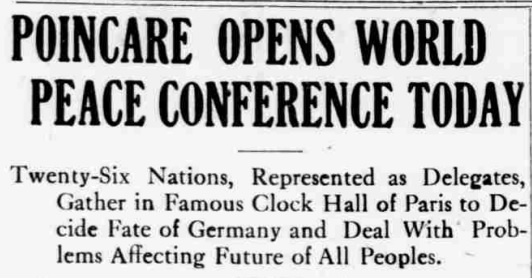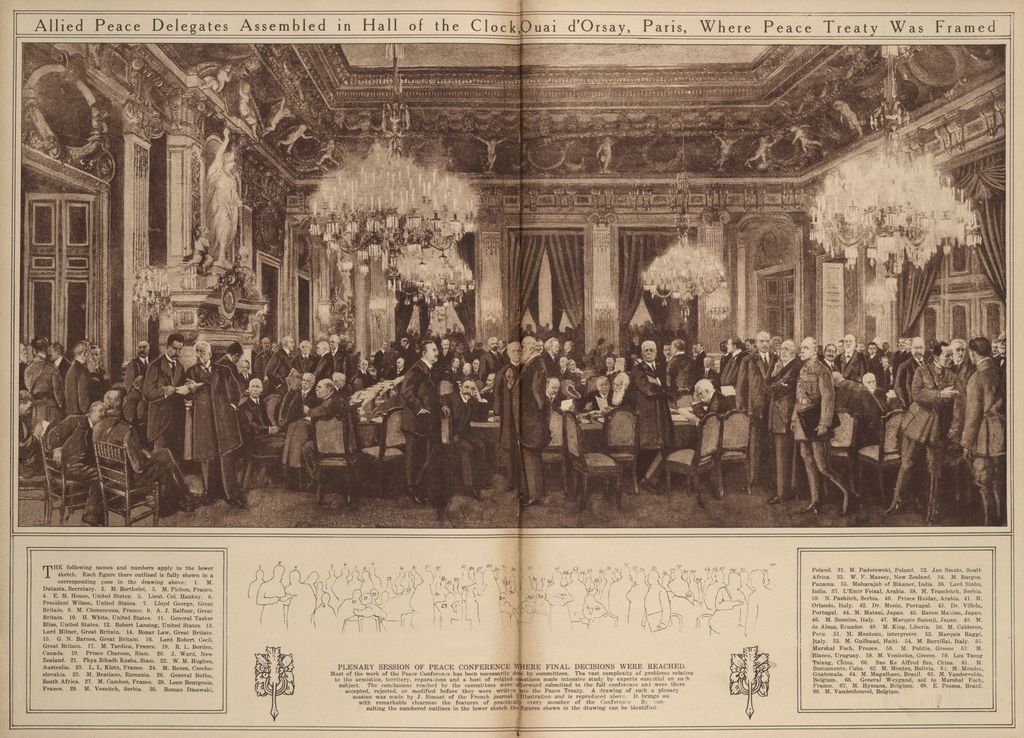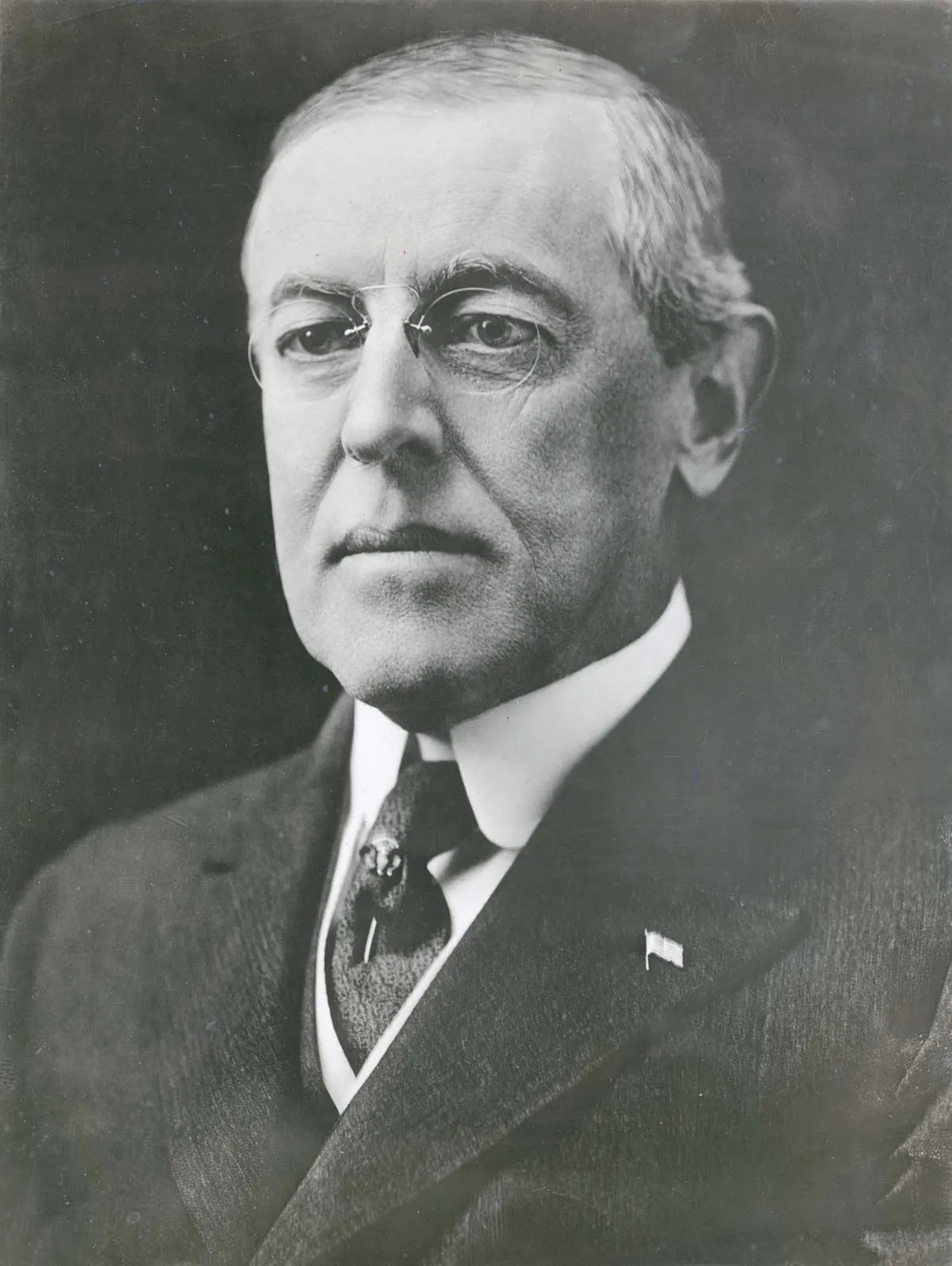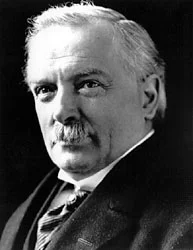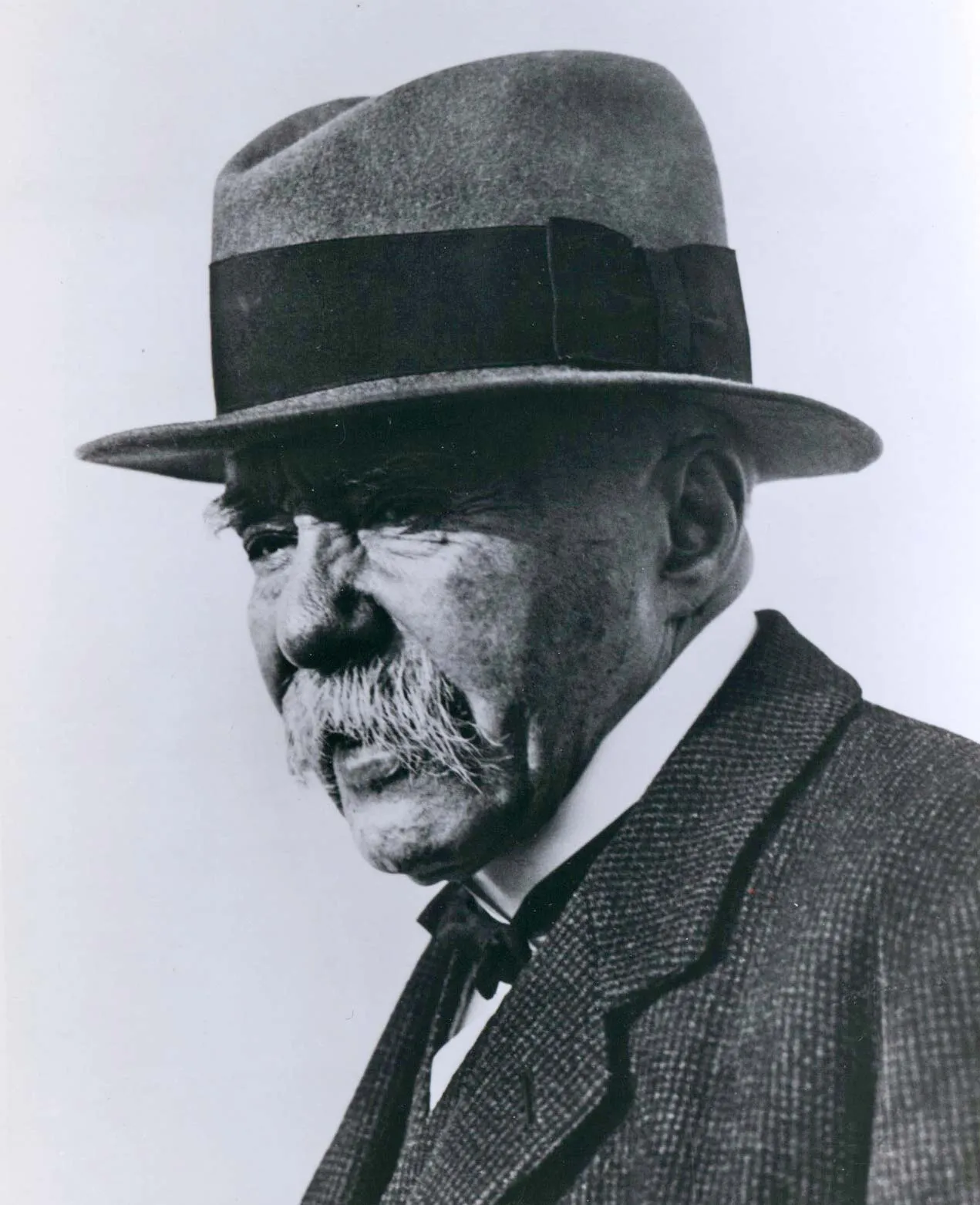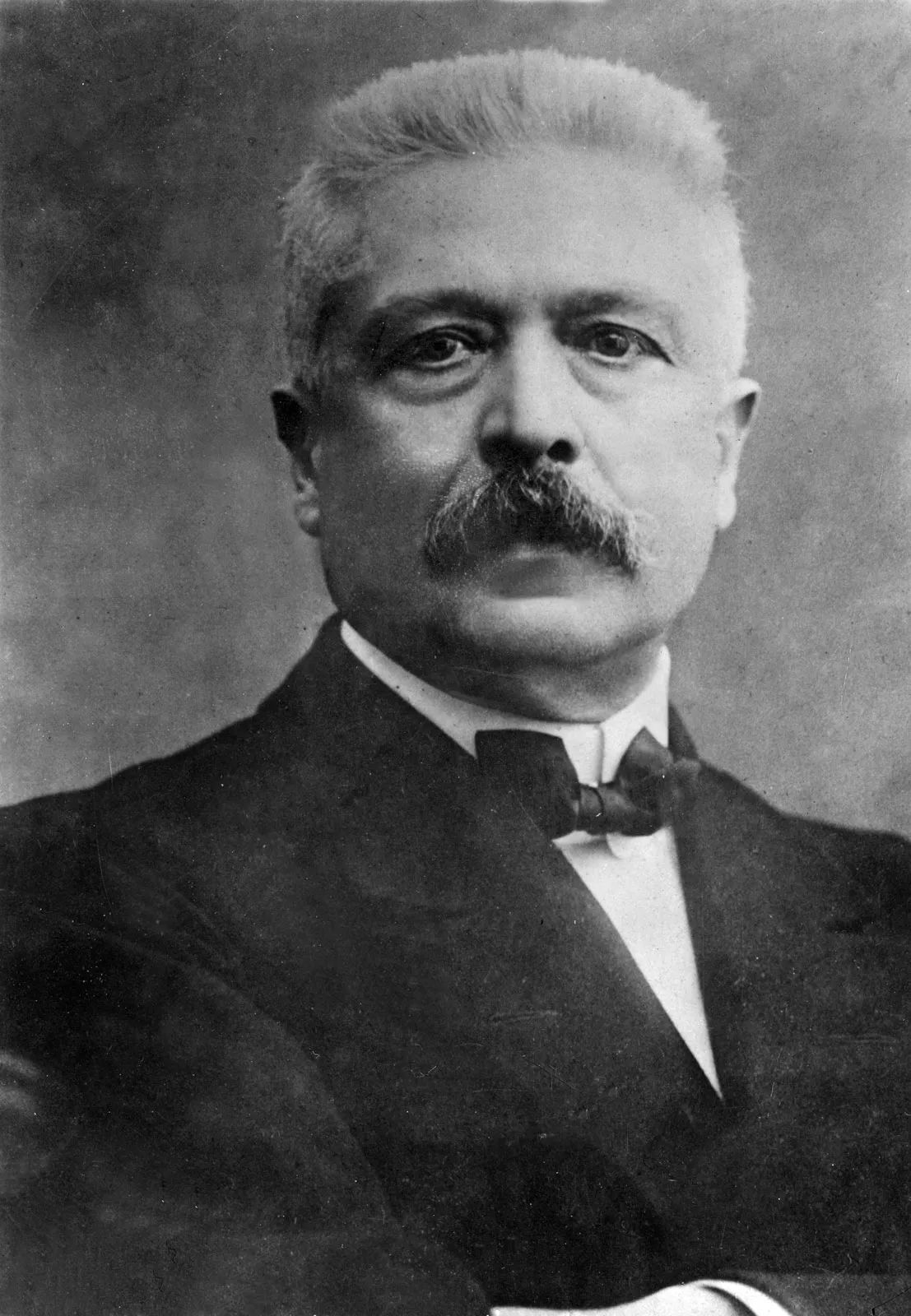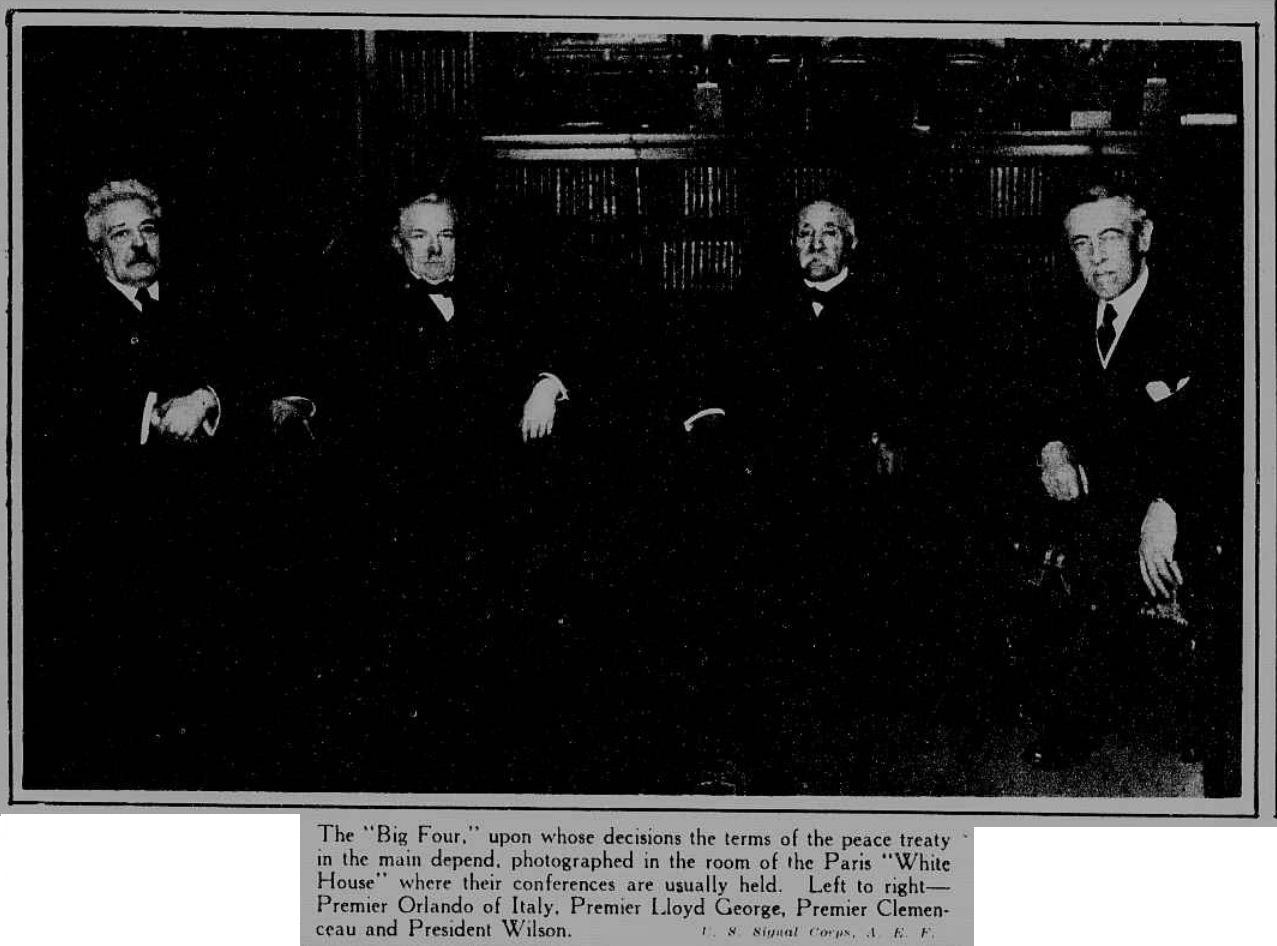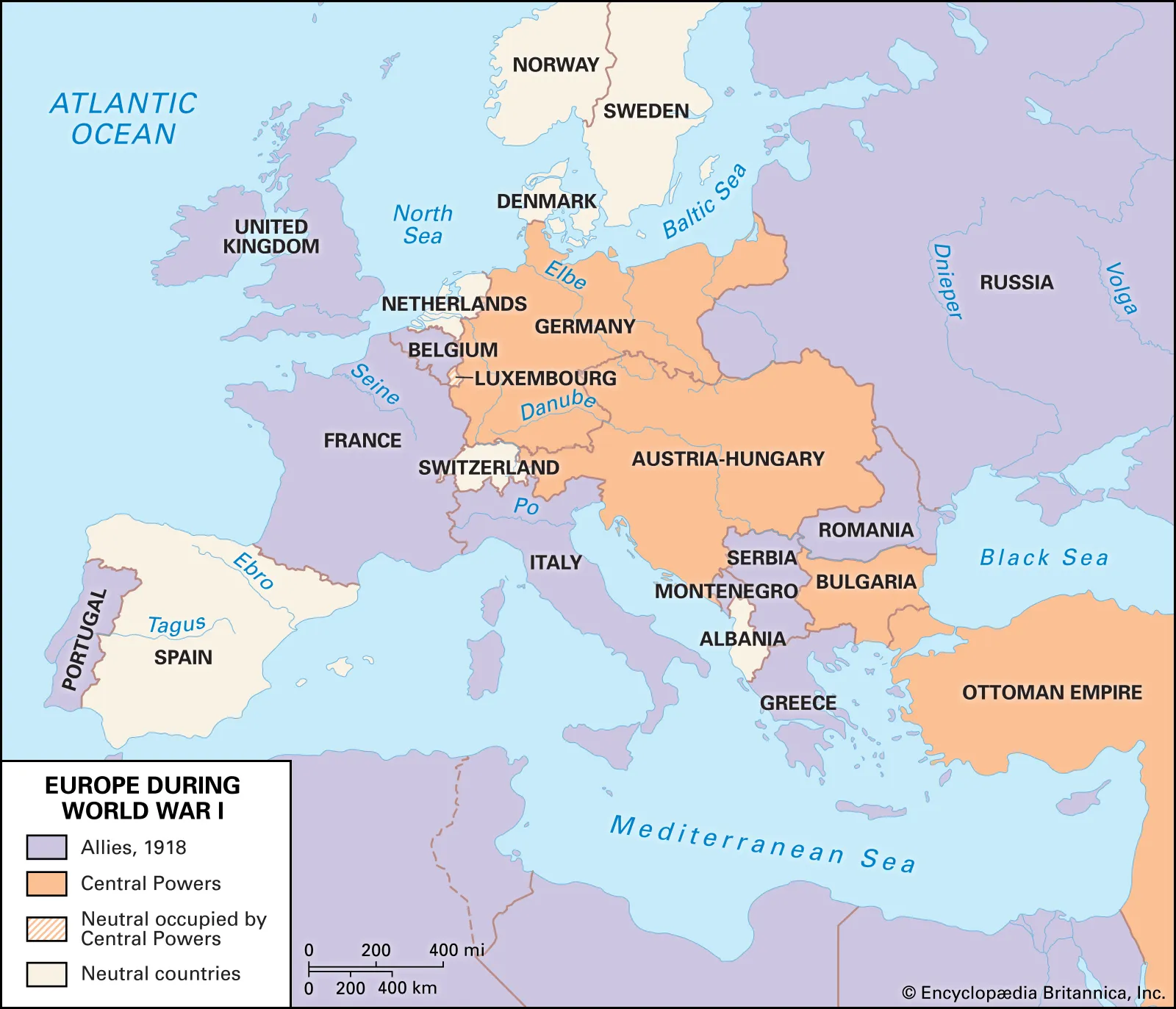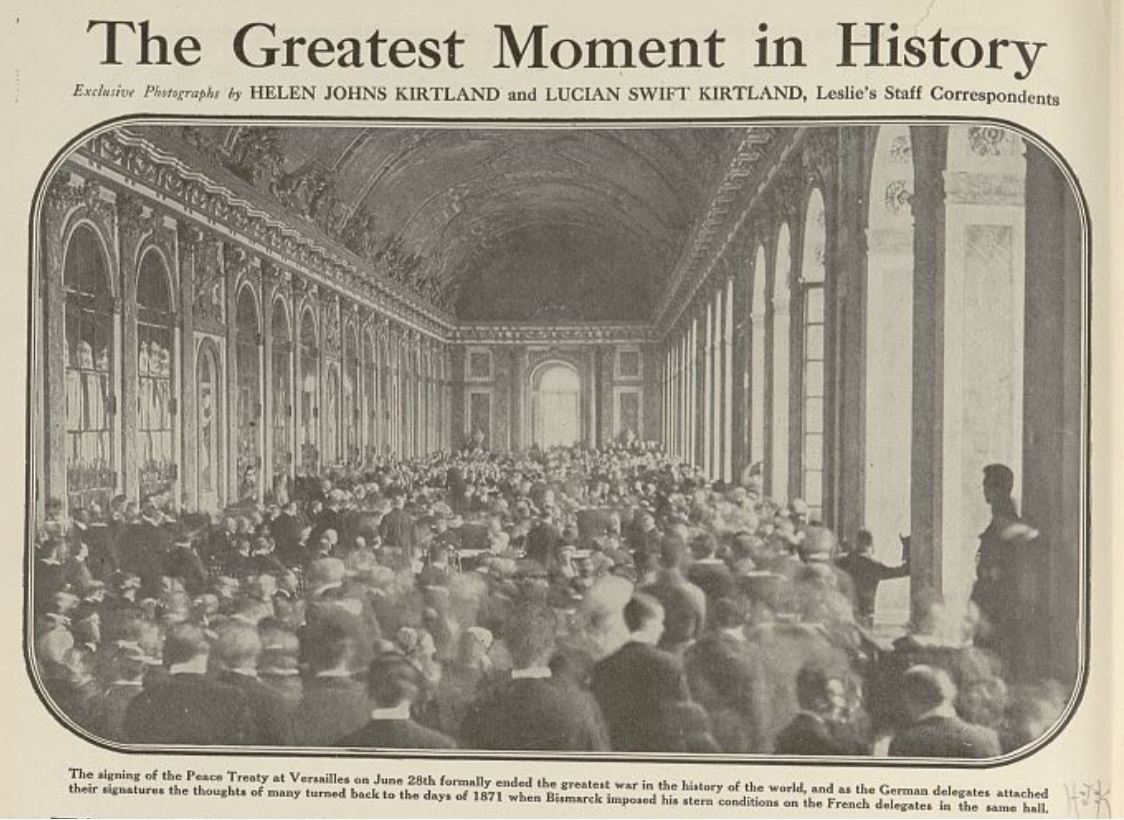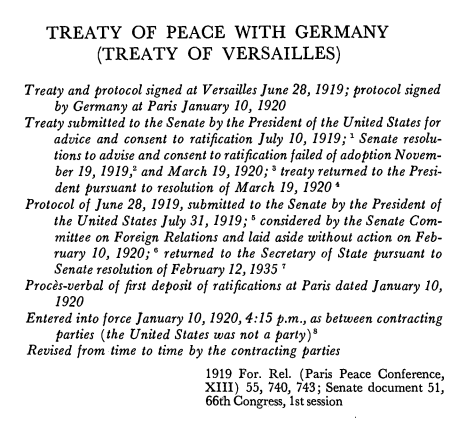On January 18, 1919, the Paris Peace Conference opened with the goal to establish the peace agreements for World War I (WWI). The main product of the conference being the Treaty of Versailles.
"You hold in your hands the future of the world." ~ Raymond Poincaré, President of France ("The Evening Missourian", January 18, 1919, Chronicling America)
